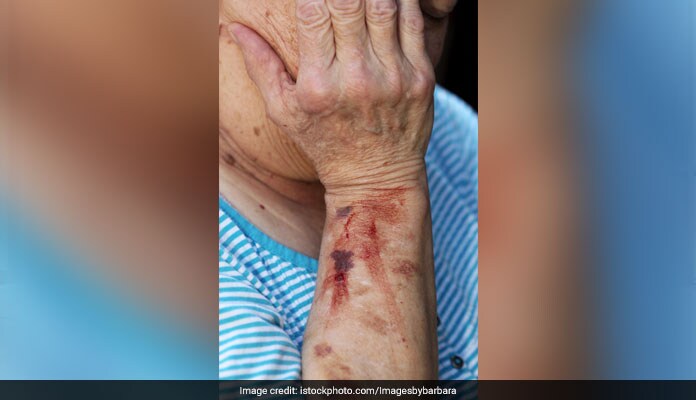Physical and psychological abuse of elders is on a steady rise worldwide and particularly in India as well, which has serious individual and societal costs.

Its important to develop guidance to effectively prevent and respond to elder abuse
HIGHLIGHTS
- Around 1 in 6 older people experience some form of abuse
- Abuse can lead to depression, stress, anxiety, traumatic injury and pain
- Global strategy and action plan was introduced by WHO In May 2016
A new study, supported by WHO and published in the Lancet Global Health, has found that almost 16% of people aged 60 years and older were subjected to either psychological abuse (11.6%), financial abuse (6.8%), neglect (4.2%), physical abuse (2.6%) or sexual abuse (0.9%). The research draws on the best available evidence from 52 studies in 28 countries from different regions, including 12 low- and middle-income countries.
"The abuse of older people is on the rise; for the 141 million older people worldwide this has serious individual and societal costs," says Alana Officer, Senior Health Adviser, Department of Ageing and Life Course at WHO. "We must do much more to prevent and respond to the increasing frequency of different forms of abuse."
Many elderly adults are abused in their own homes, in relatives' homes, and even in facilities responsible for their care. As elders become more physically frail, they're less able to stand up to bullying and/or fight back if attacked. They may not see or hear as well or think as clearly as they used to, leaving openings for unscrupulous people to take advantage of them. Mental or physical ailments may make them more trying companions for the people who live with them.
They are abused and harmed in a substantial way often by people who are directly responsible for their care. Physical elder abuse is the most common type of abuse which involves force and assault resulting in physical pain, injury or impairment. They're often emotionally and psychologically abused through intimidation, humiliation, habitual blaming, terrorizing them and ultimately isolating them. They also go through financial exploitation in form of forgery, theft and investment fraud by their own family members and relatives, in most of the cases.
Abuse can lead to depression, stress, anxiety, traumatic injury and pain and hospitalization. A 13-year follow-up study found that victims of elder abuse are twice more likely to die prematurely than people who are not victims of elder abuse.
Global strategy and action plan by WHO
In May 2016, Ministers of Health adopted the WHO Global Strategy and Action Plan on Ageing and Health at the World Health Assembly. The Strategy provides guidance for coordinated action in countries that aligns with the Sustainable Development Goals.
Priority actions for elder abuse in the strategy include:
1. Improving studies on the frequency of elder abuse particularly in low- and middle-income countries from South-East Asia, Middle East and Africa, for which there is little data
2. Collecting evidence and developing guidance on what works to effectively prevent and respond to elder abuse. As a first step, governments need to evaluate existing efforts, such as training for care givers and use of telephone helplines, and to publish these findings
3. Supporting countries to prevent and respond to elder abuse.
By 2050 the number of people aged 60 and over will double to reach 2 billion globally, with the vast majority of older people living in low- and middle-income countries. If the proportion of elder abuse victims remains constant, the number of people affected will increase rapidly due to population ageing, growing to 320 million victims by 2050.
"Elder abuse is rarely discussed in policy circles, less prioritized for research and addressed by only a handful of organizations," notes Dr Etienne Krug, Director of the WHO Department for the Management of Non communicable Diseases, Disability, Violence and Injury Prevention. "Governments must protect all people from violence. We must work to shed light on this important societal challenge, understand how best to prevent it, and help put in place the measures needed."
(With inputs from WHO)
DoctorNDTV is the one stop site for all your health needs providing the most credible health information, health news and tips with expert advice on healthy living, diet plans, informative videos etc. You can get the most relevant and accurate info you need about health problems like diabetes, cancer, pregnancy, HIV and AIDS, weight loss and many other lifestyle diseases. We have a panel of over 350 experts who help us develop content by giving their valuable inputs and bringing to us the latest in the world of healthcare.














